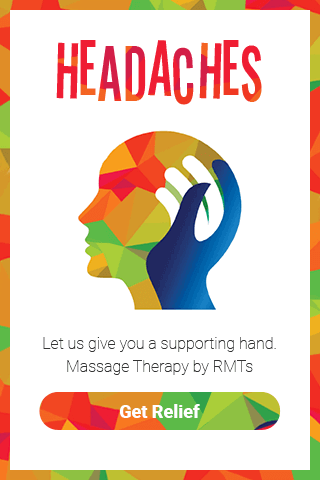Best Types of Massage for Arthritis
If you’re interested in trying one of the many types of massage as a way to ease your arthritis symptoms, it’s important to consult your rheumatologist or primary-care physician first to ensure that massage is safe for you. Some techniques may involve strong pressure to sensitive tissues and joints, or moving limbs into various positions that may be difficult for someone with damaged joints from a disease like rheumatoid arthritis or ankylosing spondylitis.
Use caution when considering massage if you have:
- Damaged or eroded joints from arthritis
- Flare of inflammation, fever or a skin rash
- Severe osteoporosis (brittle bones)
- High blood pressure
- Varicose veins
“It’s always a good idea to get the thumbs up or down from a doctor if you are having even the slightest worry about using massage for your condition,” says Chunco. “It’s also very important to tell the therapist if you are experiencing pain or if you are uncomfortable with the work that she is doing. A good therapist will want feedback on what you are feeling during the session.”
Be sure to have a conversation with your massage therapist beforehand about your arthritis, and what parts of your body are most affected by the disease, advises Field.
“Therapists should be very cognizant and careful, as they all have a list of contraindications for massage in their brains already,” she says. “They can usually tell if you have an area of inflammation” but it’s wise to discuss it first, she says. In addition, if you have any concerns about the therapist using scented oils or lotions that might cause a rash, speak up – these lubricants are commonly used but are probably not necessary.
Your goals for massage may vary. You may be interested in relieving anxiety and stress caused by dealing with arthritis, or you may be seeking relief for pain and stiffness in a specific area of your body. Talk openly with your massage therapist about your goals for the session so she can adjust the technique accordingly. There is no set way to perform a massage; she should be flexible to your needs.
Most importantly, massage should make your arthritis pain and stiffness feel better, not worse, says Veena Ranganath, MD, a rheumatologist at the University of California, Los Angeles Department of Medicine. “I do tell my patients that if it hurts, don’t do it,” says Dr. Ranganath. Your doctor also can refer you to a massage therapist, which may not only lead you to a qualified professional, but also help you qualify for reimbursement if your insurance policy covers massage treatments.
Massage is not medicine. It’s a complement to your doctor-prescribed arthritis treatment. You should enjoy experiencing a massage, and it should not increase your pain or anxiety. Communication with your doctor and massage therapist beforehand can ensure that massage is right for you and help you achieve beneficial results.
Source: Mayo Clinic – Arthritis
